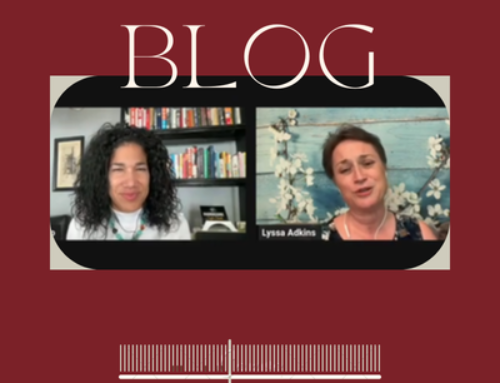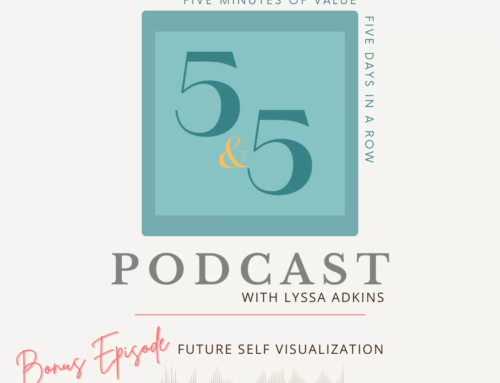Optimally, your organization’s business strategy and business agility strategy are completely coupled together, one seamlessly supporting the other. Practically, what many organizations experience today is a tug-of-war between these two. Or worse, a lack of business agility strategy altogether, leaving the business strategy more susceptible and fragile when unforeseen changes inevitably occur. Organizations that invest in developing business agility capability have the chance to harness change for good and thrive in an unpredictable market. Yet, we are in the early days of business agility and not many organizations are mature enough to reap these benefits. We need a way to think about business agility, coupled with business strategy, so that we can live into the reality of harnessing change for good.
This session will expose you to a recently published body of work, the Domains of Business Agility (by the Business Agility Institute), which serves as a model for creating business agility strategy. Think of it as a skeleton, or a thinking tool. Used this way, the model allows leaders to answer the question, “How much business agility do we need, in each of the various parts of our organization, as a seamless support to our overall business strategy?” In this session, Lyssa Adkins, author of Coaching Agile Teams and Agile/Leadership Coach, leads you through the key steps for creating an integrated strategy. We’ll explore a path from the beginning, “Why do we need agility and how much?” through to the continuing process, “How can we reap the benefits of experiments to grow our capability?” Throughout, Lyssa brings her expertise in organizational culture, change and coaching to help you think about how you would practically enact a similar strategy process in your own organization.
Takeaways – A model of the domains of business agility to use as a thinking tool for creating business agility strategy. – A process, a series of work sessions and conversations, to forge a powerful business agility/business strategy. – Practical considerations for what is genuinely possible in your organization.
NOTE: This keynote was originally delivered for the IIL Leadership and Innovation Conference.







